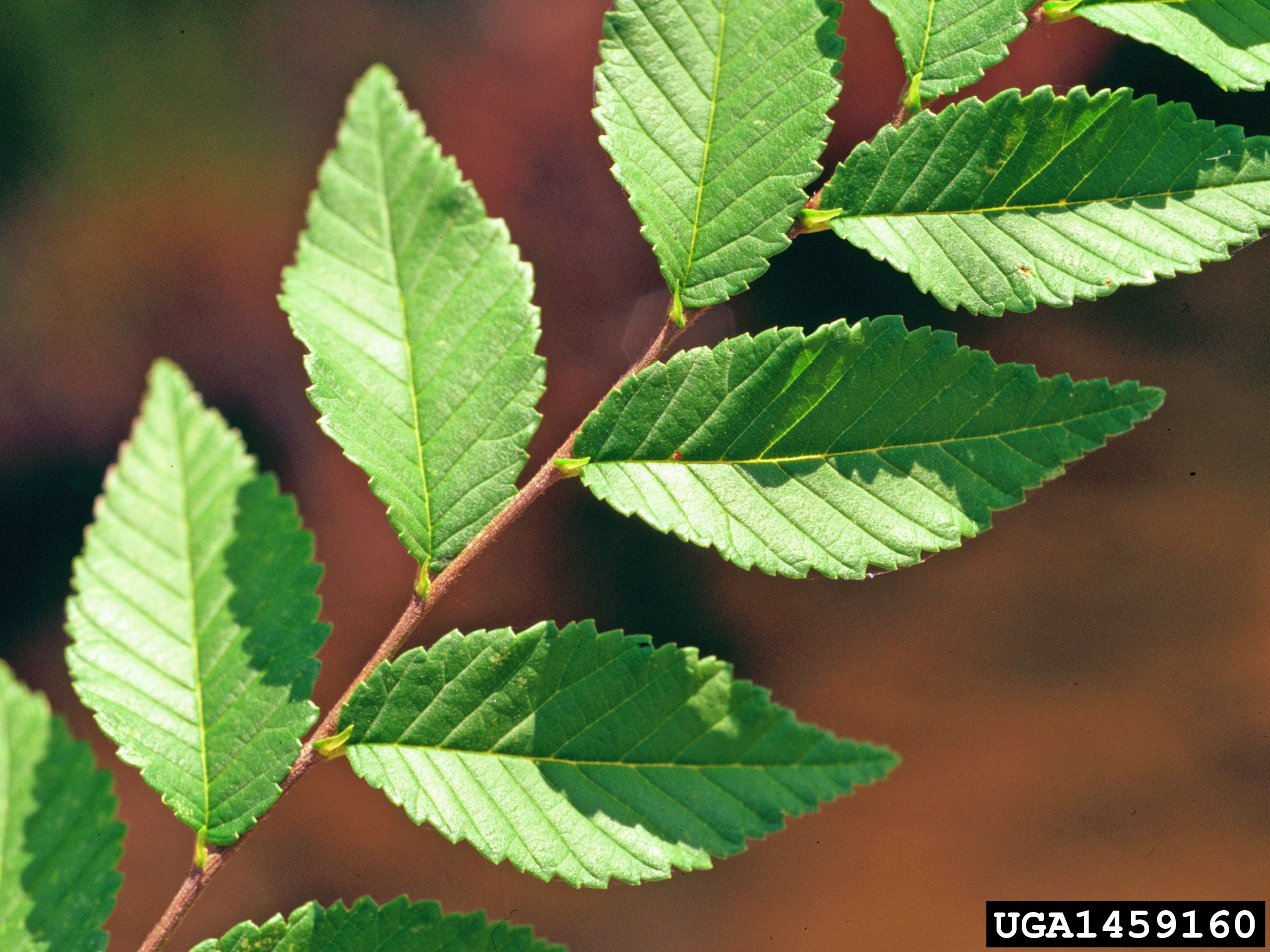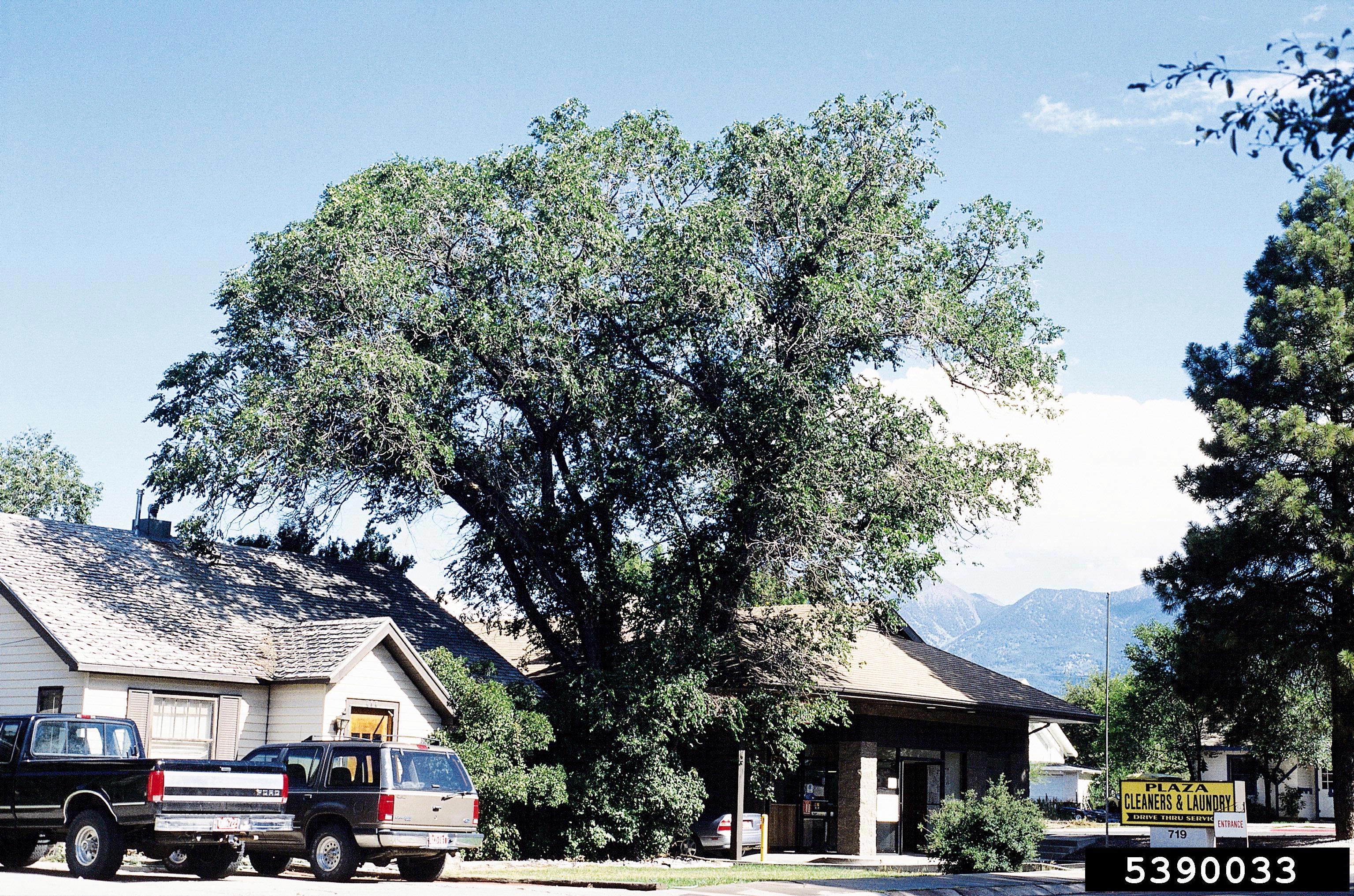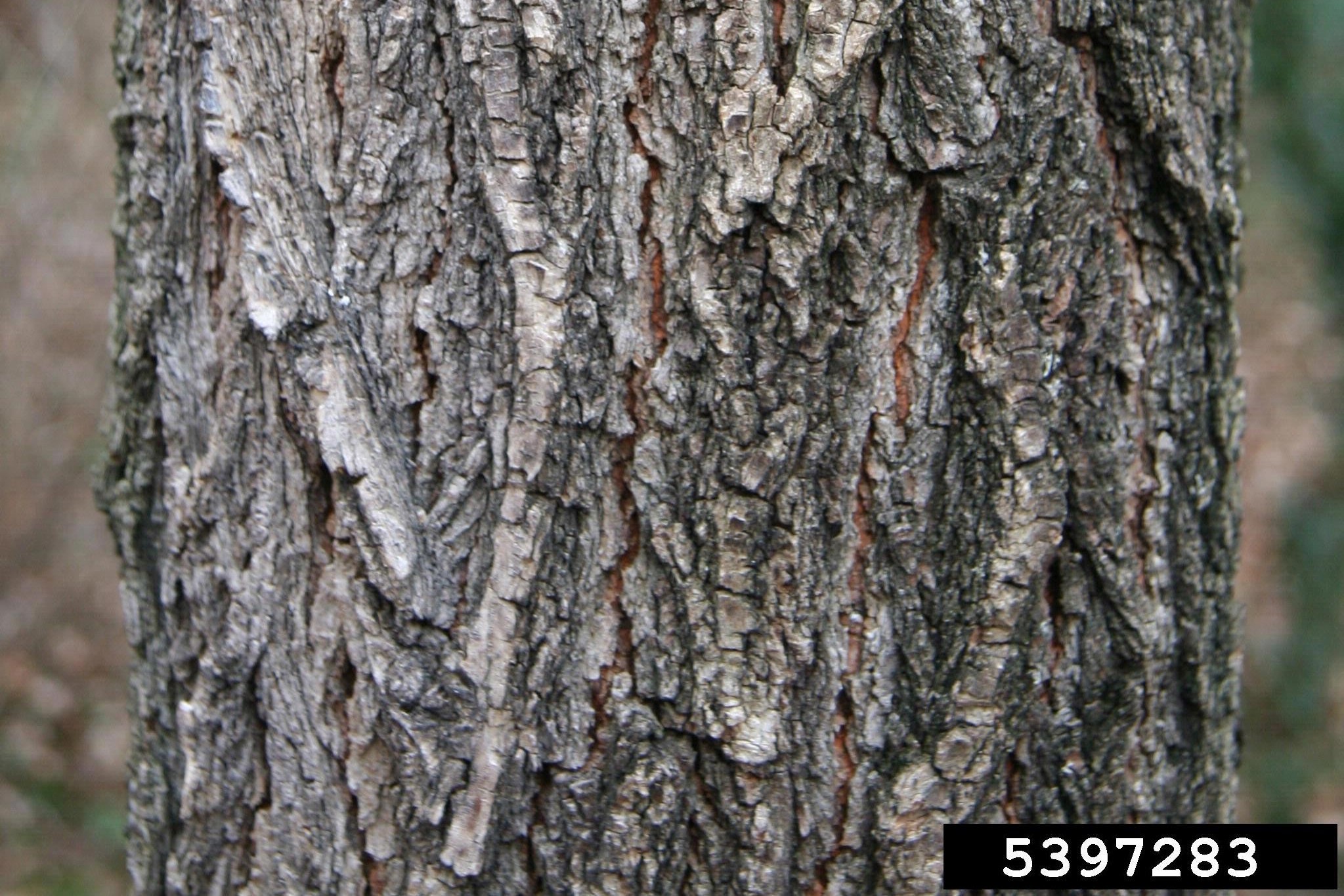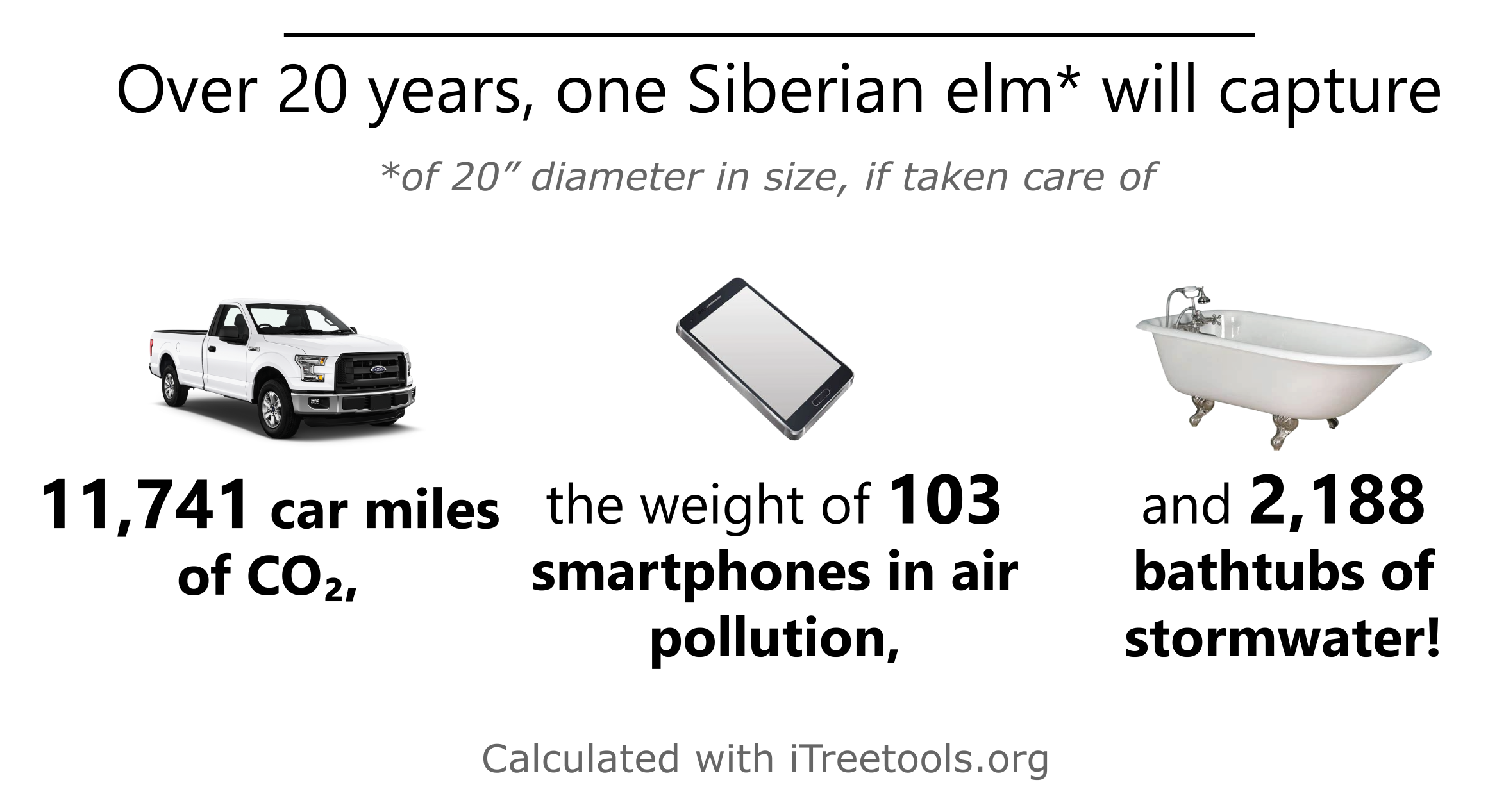Tree Highlight: Siberian elm
Siberian elm
Ulmus pumila (Family Ulmaceae)
The Siberian elm has 1-3 inch elliptical leaves
The basics
Siberian elm (Ulmus pumila) grows up to 70 feet tall with elliptical leaves and a beautiful wide crown and golden foliage in the fall; this makes them popular trees for cities and parks. They grow very quickly and can adapt to many environments and can become weedy and invasive. Siberian elms are originally from Asia, but they were brought to the United States in the 1860s because they can resist a deadly disease called Dutch elm disease. The disease is caused by a fungus spread by beetles, and it has killed millions of elms in North America and Europe alike. Learn more about the Dutch elm disease here.
Did you know?
- The Siberian elm’s native range is China, eastern Siberia, Manchuria, and Korea.
- The Siberian elm’s scientific name is Ulmus pumila. Ulmus is Latin for “elm” while pumila refers to “plants with small leaves” referring to the physical appearance of the Siberian elm.
The Siberian elm is native to northeast Asia but used as ornamental for its resistance to the Dutch elm disease
Both the adult (pictured) and larvae of the elm leaf beetle can damage the tree’s foliage
Wildlife
- Colorful finches and woodpeckers use Siberian elm for nesting and searching for tasty bugs.
- Elm leaf beetles, elm bark beetles, and elm flea weevils call Siberian elm home!
- Squirrels and chipmunks often visit to munch on the elm’s tiny helicopter seeds, called samaras.
Uses
- Because of their resistance to Dutch elm disease and their wide canopy, Siberian elms make nice trees for shade in parks and cities (but it may become invasive).
- Its wood is used to make furniture and smaller objects like tool handles.
- In native Asia, the inner bark of Siberian elm was added to cereal flours for making bread.
The bark of the Siberian elm tree
Benefits
- Over a 20-year period, a healthy Siberian elm with a diameter of 20 inches will offset 11,741 car miles worth of CO2, absorb enough stormwater to fill 2,188 bathtubs, and remove an amount of pollution from the air - in gaseous and particulate form - equivalent in weight to 103 smartphones! Learn more at: https://mytree.itreetools.org/
Contact us: ufi@uky.edu
Images sourced from forestyimages.org





